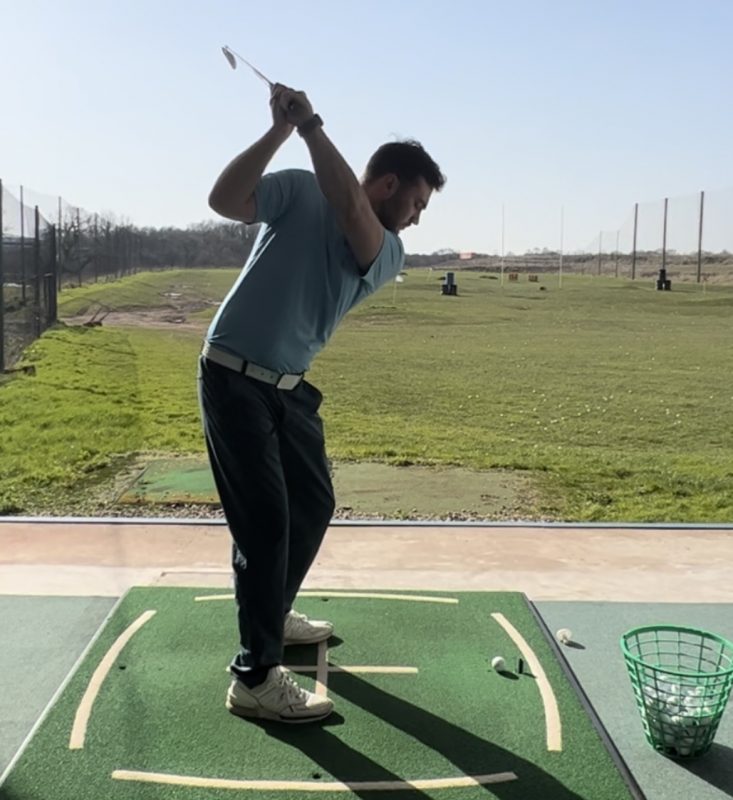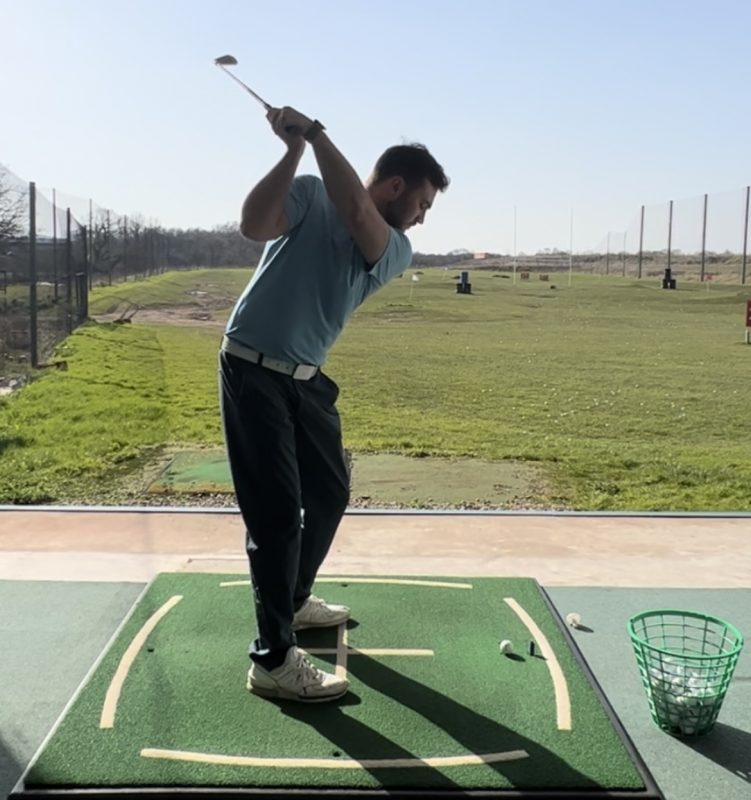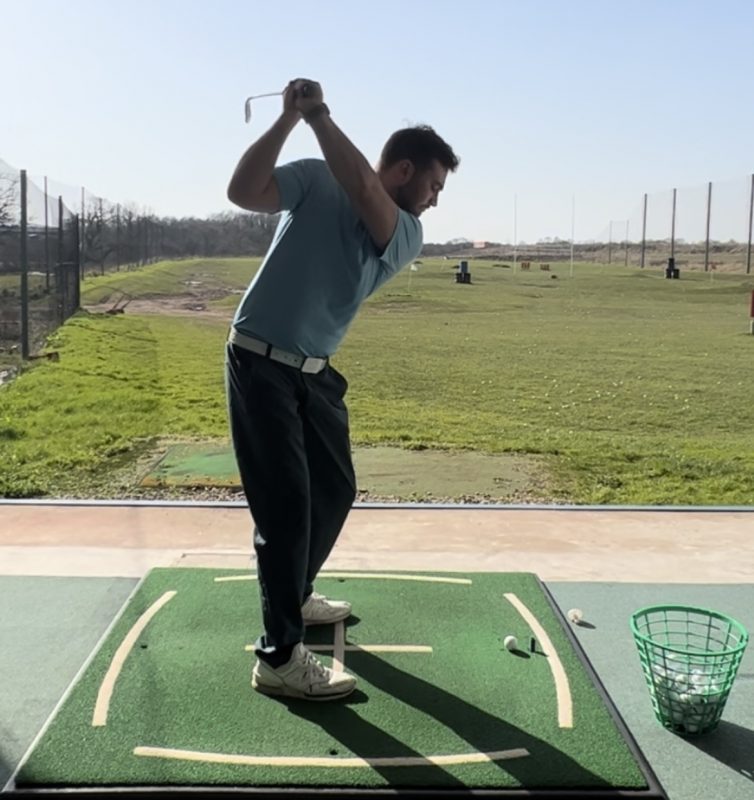Josh’s Tips & Tricks: Lead Wrist Angle
Introduction
Hello golfers and welcome to this weeks tips & tricks. I hope you have been enjoying the sudden change in weather, I know I have. The sun and warmer weather is great for playing, practicing and teaching! If you haven’t had a game this week try and get out over the weekend, the forecast looks great.
This week we are going to look at lead wrist angle. This is the way the left wrist (for a right handed golfer) controls the clubface throughout the swing but mainly at the top of the backswing. Checking this can have a huge impact on both strike and ball flight. Lets take a look…
Neutral Left Wrist

A neutral left wrist angle at the top of the backswing would be to have the back of the left wrist in a straight line with the forearm. The clubface should be in a square position, pointing roughly on a 45-degree angle toward the sky. This will give the best chance of hitting straighter shots and there will be less chance of compensation in the downswing.
Strong (Bowed) Left Wrist

A strong, also known as a bowed, left wrist means that the wrist points towards the sky at the top of the backswing. There is not a straight line between the forearm and the back of the left wrist. This means the clubface is closed. There is less loft and the clubface is pointing left. If you struggle to get height and spin the ball left this could be a reason. It also leads to compensation in the downswing trying to lift the ball in the air causing fat and thin shots.
Weak (Cupped) Left Wrist

A weak, also known as a cupped, left wrist means that the wrist points towards the head at the top of the backswing. Again there is not a straight line between the forearm and back of the left wrist. This adds loft and opens the clubface. This is a very common trait for slicers of the ball. If you spin the ball off to the right and hit it high this could be a reason. This leads to people hitting down and across the ball to try and prevent it spinning right, only making the problem worse.
Video
Take a look at the following video for examples of the three lead wrist angles.
Summary
Controlling the start direction and ball flight of a golf ball is difficult. Understanding lead wrist angles is a massive way to improve understanding of the clubface during the swing. Try to film your swing and see if you left wrist is in line with the forearm at the top of the backswing and at a 45 degree angle to the sky.
If you struggle with any of the symptoms mentioned or would like me to check your lead wrist angle BOOK A LESSON HERE.
I’m looking forward to seeing you practicing over the coming weeks in the lovely weather. Don’t forget your sunglasses!
Cheers,
Josh

